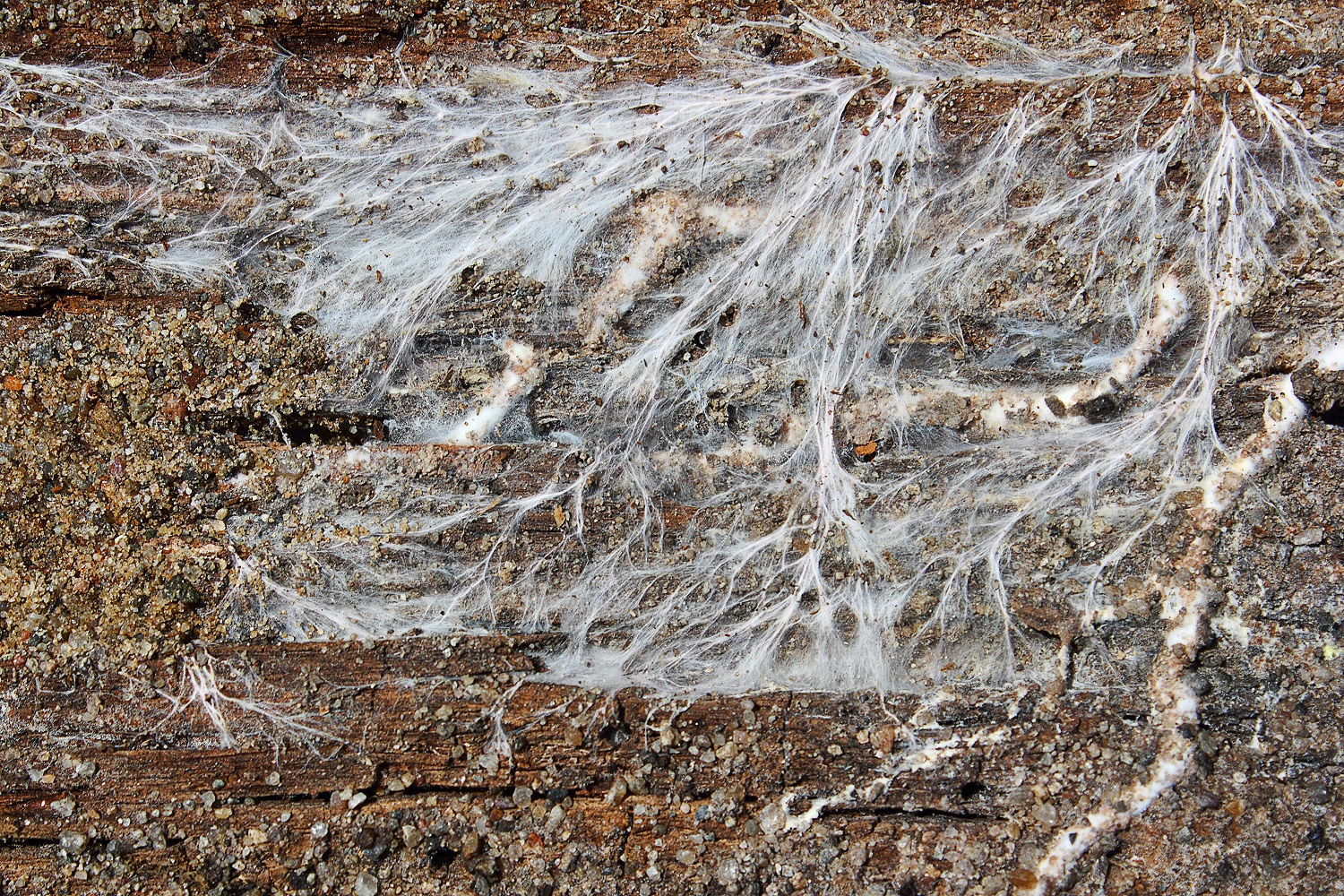Breaking the mold?
We’ve covered the topic of sustainable construction and the carbon footprint of buildings before, but a new technology has turned the sustainable construction field on its head: fungus.
Buildings and construction account for 39% of the world’s carbon footprint, with the energy used to heat, light and cool those buildings making up 28% of those emissions. The remaining 11% of buildings’ carbon emissions is associated with building materials. Not only do materials like steel, glass, and concrete take energy and fuel to create, but those materials also emit greenhouse gasses over the course of their useful life.
For decades, researchers and environmentalists have been looking for ways to mitigate these emissions, and it’s often been found that soil-based solutions are the best with things like adobe, bricks, and wattle-and-daub leading the way.
Magic mushrooms!
But a new technology (that may actually be hundreds of millions of years old) may offer the answer. Mushrooms, particularly mycelium, the thread-like main body of a fungus, provides structural integrity to agricultural wastes. These fungi grow by digesting nutrients in the waste while bonding to it, acting like a natural self-assembling glue.
Mycelium bricks have been used mainly in research and art installations so far, with the most prominent being the “Hy-Fi”, a tower built in the courtyard of the Museum of Modern Art (MoMA) in midtown Manhattan.
Another project is the MycoTree, a spatial branching structure made out of load-bearing mycelium components, which was built by the Seoul Biennale of Architecture and Urbanism in Korea.
Mycelium has been used to build acoustic absorbers, formed packaging materials, and building insulation. NASA is also researching using the fungus in its future structures on habitable dwellings on Mars.
Related Content:
https:///blog/should-wooden-construction-be-considered-sustainable
Supercharge Your Back-Office
Eliminate manual data entry and manual errors while simplifying nearly every back-office process with hh2's construction solutions.
Blog Transcript



